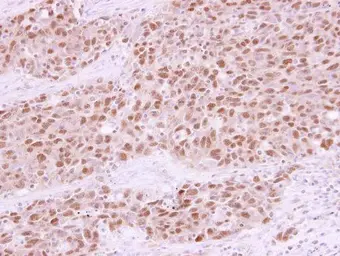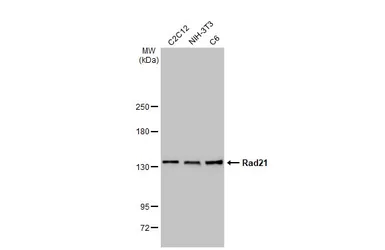Rad21 antibody
Cat. No. GTX106012
Cat. No. GTX106012
-
HostRabbit
-
ClonalityPolyclonal
-
IsotypeIgG
-
ApplicationsWB ICC/IF IHC-P IP ChIP assay
-
ReactivityHuman, Mouse, Rat








